U.S. Achieves Hypersonics Parity with China and Russia
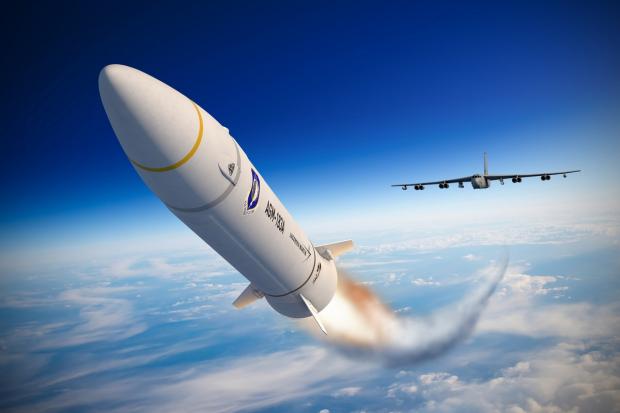
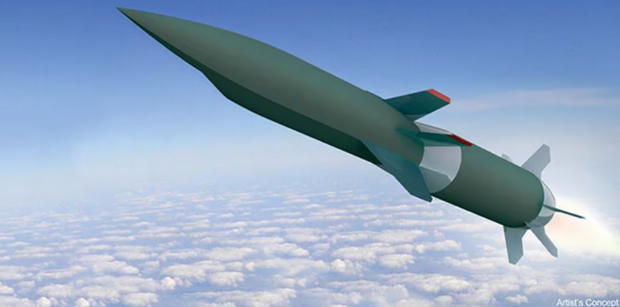
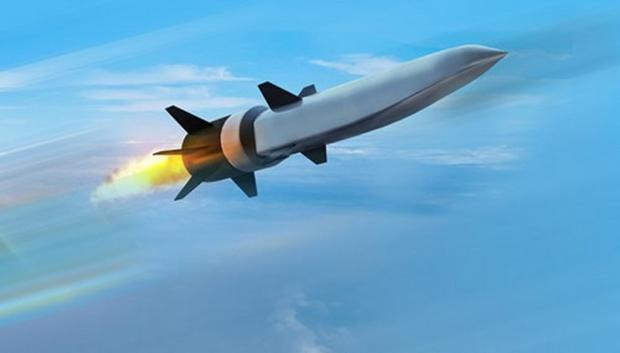
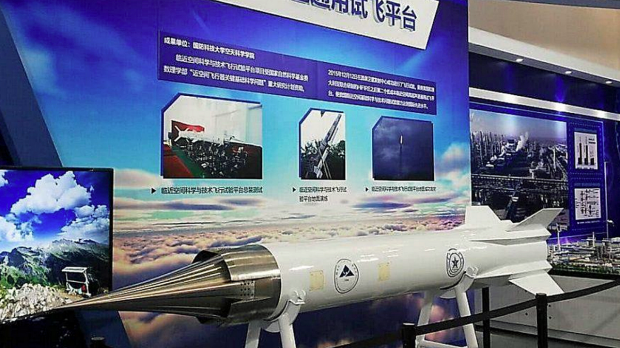
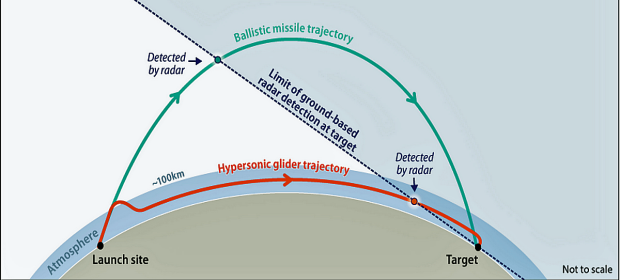
As reported by Thehill.com, the United States is opening the throttle in its push to develop and procure hypersonic missiles after falling behind key foreign adversaries China and Russia in the race to field a potentially game-changing defense system. In March, the Biden administration invoked the Defense Production Act to boost the defense industrial base to “meet the hypersonic warfighting mission.” While hypersonics have been well-developed and prototyped by the U.S. military, the Defense Department as of March had not yet fielded the weapons, and there remained challenges in the industrial production base and with testing infrastructure. However, George Nacouzi, a senior engineer at the RAND Corporation, said the U.S. is now in a pivotal stage where it will soon transition to initial production. “One of the things that’s limiting us [now] is how fast we can develop and how fast we can test them,” Nacouzi said. “But those are going to be increasing and they are increasing, so I expect to see more deployment of a larger number of these in the future.” Some warn hypersonic weapons may raise the risk of nuclear conflict since they are difficult to detect or take down. Most ballistic missiles fly at hypersonic speeds — defined as Mach 5, or five times the speed of sound — but true hypersonics are maneuverable and can travel entirely within the Earth’s atmosphere at hypersonic velocity. Since 2019, the Defense Department has spent $8 billion on hypersonic weapons systems development, and it wants an additional $13 billion for development and another $2 billion for procurement, according to the Congressional Budget Office. In the early 2000s, the U.S. took note of Chinese and Russian advancements in the field and began slowly increasing investment, with research quickly picking up steam in the last few years after Russia fielded a hypersonic glide vehicle called the Avangard in 2019.
Captions:
1. U.S. ARRW Launch.
2. 04-05-2022, HAWK U.S. Missile courtesy of DARPA.
3. Rendering of Russian Avanguard hypersonic missile 3M22 Zircon Tsirkon SS-N-33.
4. “China reveals Lingyun-1 hypersonic missile at National Science and Technology expo,” The Defense Post, May 21, 2018.
5. Schematic comparing ballistic missile trajectory with hypersonic atmospheric flight.
Vladimir Putin’s take: Although Russia has conducted research on hypersonic weapons technology since the 1980s, it accelerated its efforts in response to U.S. missile defense deployments in both the United States and Europe, and in response to the U.S. withdrawal from the Anti-Ballistic Missile Treaty in 2001.91 Detailing Russia’s concerns, President Putin stated that “the US is permitting constant, uncontrolled growth of the number of anti-ballistic missiles, improving their quality, and creating new missile launching areas. If we do not do something, eventually this will result in the complete devaluation of Russia’s nuclear potential. Meaning that all of our missiles could simply be intercepted.” Russia thus seeks hypersonic weapons, which can maneuver as they approach.
